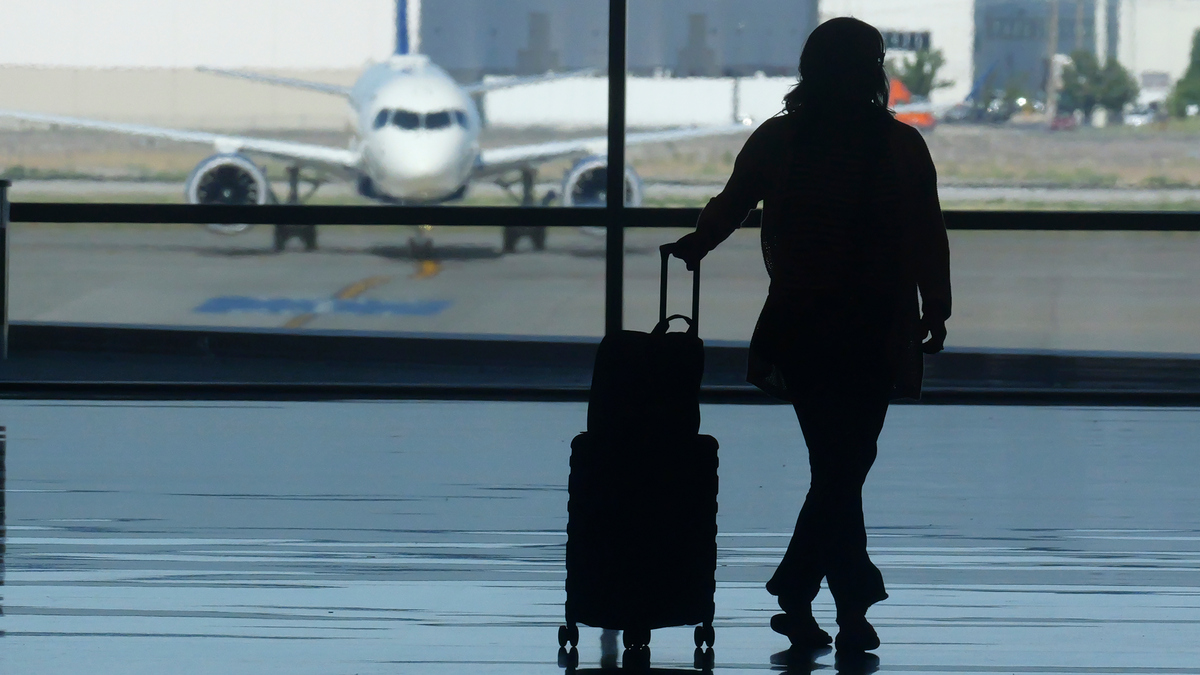The administration of US President Donald Trump has proposed banning Chinese planes from flying over Russia while making their way to the United States and going back. The US Department of Transportation (USDOT) announced the plan in a statement.
But why is the Trump administration planning to make this move? What could be the fallout?
Let’s take a closer look.
Why Trump administration is making this move
The Trump administration has said that the move aims to curb the ‘competitive imbalance’ between the two nations. This is because US planes are currently banned from flying over Russian airspace, while Chinese carriers are not.
Russia had banned the United States and other carriers from flying over its airspace in March 2022. This came after Washington banned Moscow from using a dead space in the aftermarket of the invasion of Ukraine.
However, there is no such ban on Chinese flights using Russian airspace. This is because Russia’s President Vladimir Putin is an ally of China’s Xi Jinping. China, while claiming it is neutral on the Ukraine war, has been providing Russia with technology and even buying large quantities of crude oil from Moscow. In the aftermath of the ban, Beijing’s carriers have increased their market share on the trans-Pacific routes.
The two countries in 2023 negotiated Chinese airlines to add extra flights – as long as they did not add new routes. The Transportation Department keeps such roundtrips from China to the US to 50 per week – based at least in part on pressure by US airlines and unions. Prior to restrictions being imposed during the pandemic, each side allowed over 150 weekly round-trip passenger flights.
Some US carriers have been complaining that maintaining routes from the East Coast to the United States without using Chinese airspace is not economically feasible.
The USDOT says the current situation results in Chinese airlines saving on both time and fuel – which in turn results in lower operating costs compared to US carriers. The USDOT has called this current situation “unfair and has resulted in substantial adverse competitive effects on US air carriers.” USDOT has said that the restriction would not apply to cargo flights.
Trump has been eager to ‘level the playing field’ with China when it comes to all aspects of the relationship, including trade. He is also seemingly growing impatient with Putin, whom he had previously praised as a ‘tough guy’ and a ‘strong leader’.
What could be the fallout?
If the ban goes through, Chinese airlines will now have to take the same routes as US carriers. Air China, China Eastern, Xiamen Airlines, and China Southern could be among the affected airlines. Cathay Pacific, which operates out of Hong Kong, was not mentioned. Its New York to Hong Kong flights fly over Russia, according to the flight tracking website Flightradar24. USDOT has said Chinese airlines have two days to respond to the order. It said the final decision on the matter could be rendered as soon as November.
Shares of China’s three biggest state-owned airlines declined after the announcement. Air China dropped 1.3 per cent, China Southern by 1.8 per cent, and China Eastern just 0.3 per cent. These carriers have been in the red since the Covid-19 pandemic.
The move, which comes as China and the US continue to negotiate a trade deal, could increase tensions between Beijing and Washington. It also comes in the aftermath of China tightening its export controls on rare earth materials. The United States had previously requested China to ease up controls over the export of these materials – 90 per cent of which are produced by Beijing.
The 17 rare earths are vital materials in products ranging from electric vehicles to aircraft engines and military radars. Exports of a dozen of them are now restricted after the ministry added holmium, erbium, thulium, europium, and ytterbium, along with related materials, to the list.
A spokesperson for China’s foreign ministry on Friday said the restrictions were not conducive to person-to-person exchanges.
Foreign companies producing some of the rare earths and related magnets on the list will now also need a Chinese export licence if the final product contains or is made with Chinese equipment or material. This applies even if the transaction includes no Chinese companies. The tampdown on exports came after the US earlier this week demanded broader bans on the export of chipmaking equipment to China.
With inputs from agencies
)